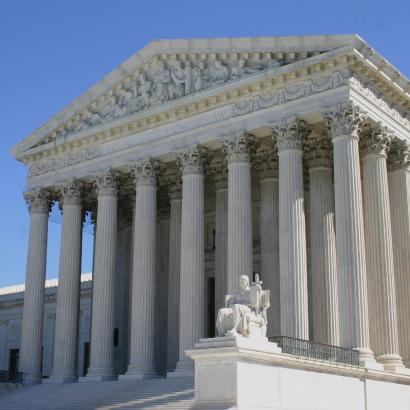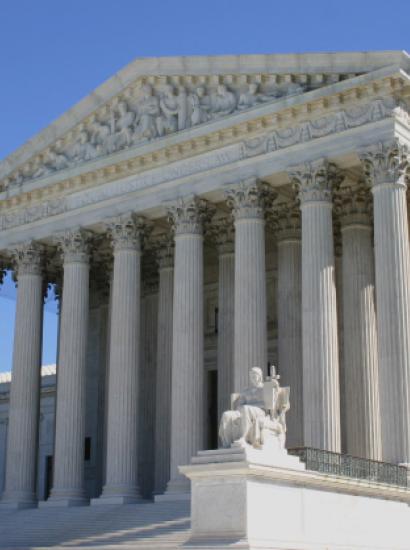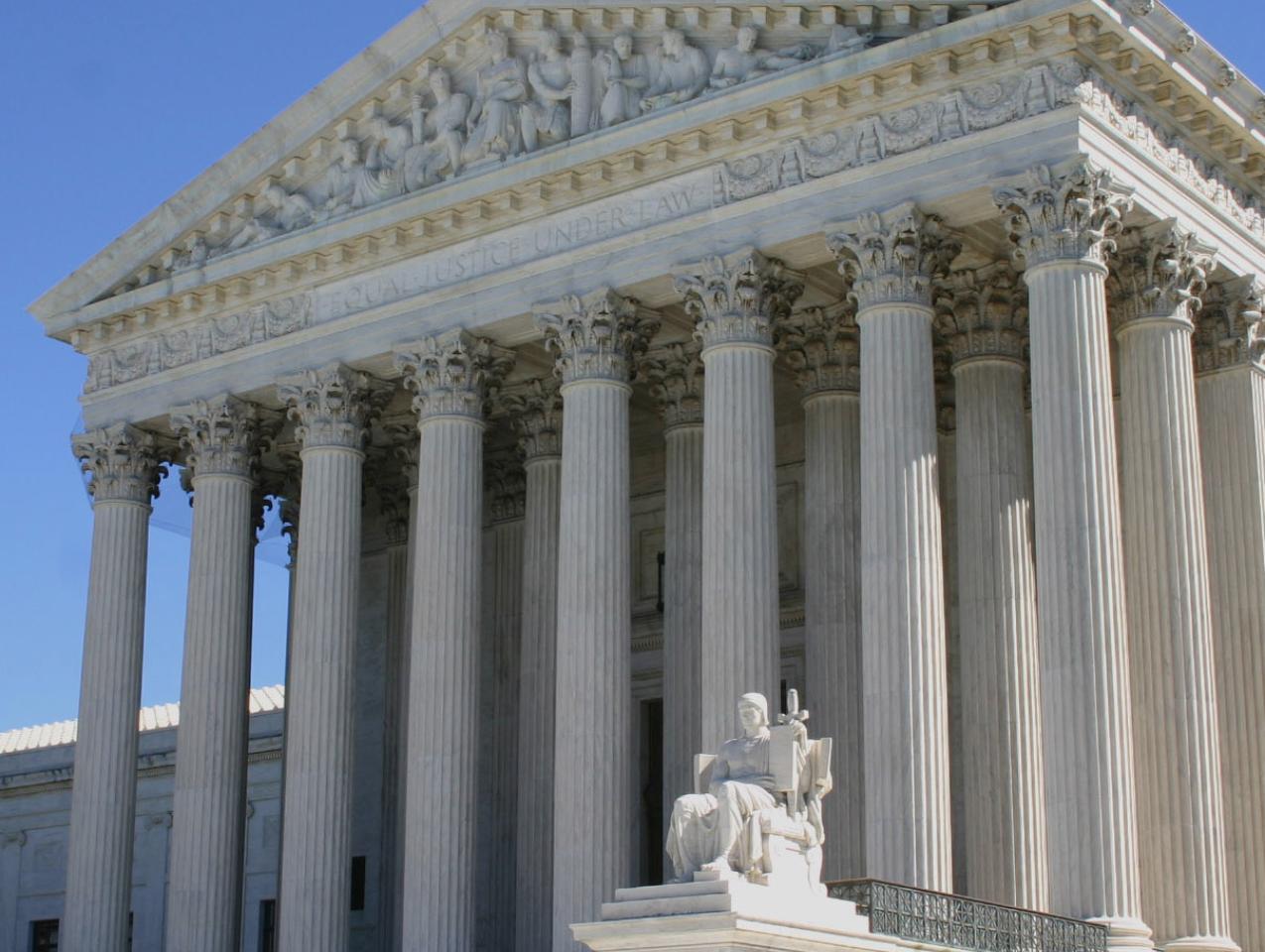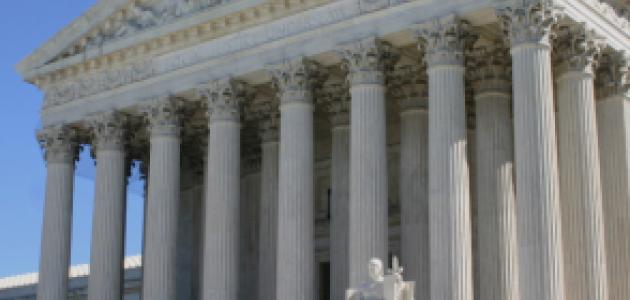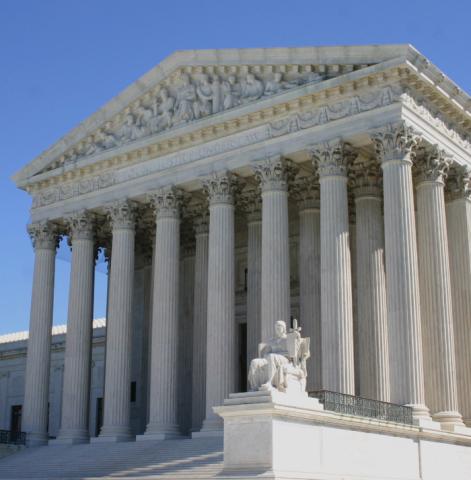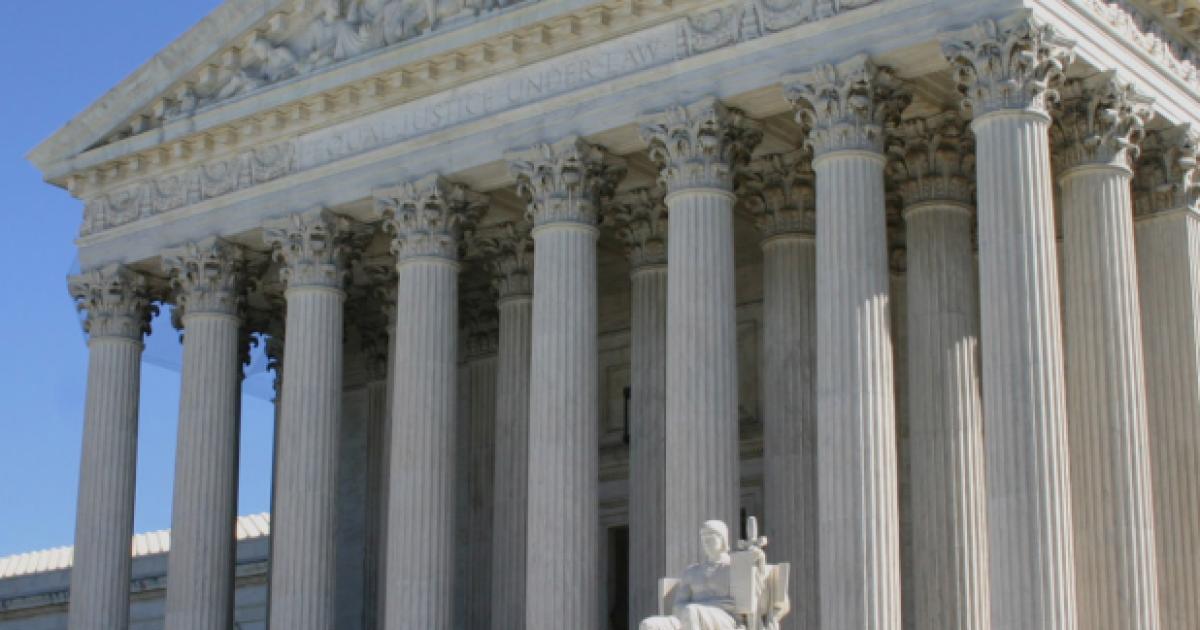President Trump’s nomination of 49-year-old Neil Gorsuch for the United States Supreme Court represents a welcome development in today’s testy political climate. The personal and professional virtues of Gorsuch should be evident to anyone who cares to trace the arc of his distinguished career. Gorsuch presents two attributes that are surely needed in any justice: practical experience and theoretical sophistication. A Supreme Court clerk to justices Byron White and Anthony Kennedy, Gorsuch had a meteoric rise as a practicing attorney at the boutique Washington D.C. firm of Kellogg, Huber, Todd, Evans & Figel. His subsequent decision to take an advanced degree at Oxford, which he attended as a Marshall Scholar, is a virtually unprecedented leap by an established legal practitioner—one that came well over a decade after graduation from law school. His tour of duty in the Justice Department, followed by his elevation to the Court of Appeals for the Tenth Circuit, round out the ideal resume for a Supreme Court justice.
It is a sad symptom of our troubled times that our ablest jurists get caught up in confirmation battles that have little or nothing to do with their qualifications, and all too much to do with politics. Just this occurred with Circuit Court Judge Merrick Garland, who was nominated by President Obama shortly after the death of Justice Antonin Scalia. None of this dispute was over Justice Garland’s legal qualifications, which are stellar. It was all about the ideological composition of the Court, which would have shifted if Judge Garland had replaced Justice Scalia. Judge Garland is without question comfortable with the synthesis derived in the post-New Deal period with its two major expansions of federal power—the ability of Congress to impose nationwide regulations under the Commerce power, and the willingness of the Supreme Court to cut back on the protections afforded to economic liberty and private property.
A generation later, the New Deal revolution has featured not judicial deference but judicial activism in such areas as civil rights and school integration, voting rights and reappointment, criminal procedure, and, most recently, gay rights and immigration. The decision of the Republicans to refuse to move on the Garland nomination reflected their aversion to this jurisprudential shift, not to Garland’s personal qualifications.
Going forward, the full-court press against the Gorsuch nomination will be both tactical and theoretical. Democratic Senate Minority Leader Charles Schumer has stated that Gorsuch falls outside of the so-called mainstream because he has favored corporations over workers and has been skeptical of women’s rights. This impoverished definition of the mainstream asks only whether a nominee embraces the same progressive ideals championed by Schumer himself, without looking at the merits of the particular case. On this score, the detailed examination of Gorsuch’s judicial output by Stanford Law Professor Michael McConnell, who served with him for three years as a judge on the Tenth Circuit, should put all these matters to rest. Gorsuch is not only an excellent writer and thinker, but shows the very kind of intellectual independence that is so essential for a good Supreme Court justice. It is a travesty for Schumer to imply that a Republican nominee would fall outside of the mainstream, unless the Trump administration nominated someone like Merrick Garland.
In a recent op-ed, Senator Jeff Merkley of Oregon has announced his determination to filibuster the nomination in order to force the Republicans to get rid of the rule that requires 60 senators to sign off before a nomination can be approved. Merkley’s view is that the Republican refusal to deal on the Garland nomination constituted “a theft” of a Supreme Court seat, as if the Senate were under some duty to consider presidential nominations, when clearly it is not. As Ed Whelan points out, turnabout is fair play, and there is little doubt that had the roles been reversed, the Democrats would have stonewalled a Republican nomination. Indeed, the Democrats have stonewalled since the early years of the George W. Bush administration, when able candidates like Miguel Estrada were forced to withdraw after waiting over two years for a hearing. Yet when they were stymied by the Republicans, they pulled the nuclear option against filibusters in 2013.
The difference this time around is that the Republicans are in control of both the presidency and the Senate, so the tactical question is: What do Democrats gain by holding up Gorsuch’s nomination? To make this work, they have to defend the garrisons for four years, and to reject an entire stream of nominees, many of whom could be less distinguished than Gorsuch. If they force the Republicans to go nuclear, it will be the end of the filibuster rule, because the total breakdown in trust means that neither party will allow it to be invoked against its nominees once in control. It appears that at least some Democratic senators in red states understand the political risk of planned obstructionism.
At this point, it is important to understand the philosophical differences that have given rise to the battle royal. The first set is of course political. It is fair to say that until the 1970s there was a broad consensus in the United States that legislative action would largely take place within the broad outlines of the New Deal settlement. Hence, before the Robert Bork nomination went up in flames in 1987, Supreme Court confirmation hearings were usually relatively tame affairs given that the Court’s decisions were, in general, less politically charged. To be sure, there were cases like Brown v. Board of Education in 1954, which worked a revolution in judicial attitudes toward segregation in the South. Yet this departure from past practice was done unanimously, so that the political fault line only appeared when the consensus in favor of the reasoned incrementalism in the post-World War II period wore off. On the one side, the progressives pushed hard for a major expansion of civil rights, most notably on abortion, women’s rights, and reapportionment. On the other side, the conservatives, who were advocates of judicial restraint, resisted these campaigns. They rallied under the banner of originalism, which stressed reading the constitutional text in light of the original public meaning of the Constitution’s terms as understood and applied against the backdrop of the founding period.
It seems odd to many that abstruse matters of constitutional interpretation should shape the confirmation wars. But there is good reason for this dispute. The New Deal synthesis relied on a set of constitutional moves that could not be justified under any traditional theory of interpretation. The Commerce Clause provides that Congress shall have the power “to regulate commerce with foreign nations, and among the several states and with the Indian tribes.” For the longest period, that clause was interpreted in accordance with its plain meaning, so that it covered various interstate transactions in the shipment of goods and people across state lines. Chief Justice John Marshall’s famous 1824 opinion in Gibbons v. Ogden “restricted” the application of the Clause to just those situations. Marshall thought that the federal government did not have power to deal with local inspections as goods moved from state to state, for inspection laws were “passed in the exercise of a power remaining with the states.” By Marshall’s account, one could not impose nationwide regulations on agriculture, labor relations, mining, or local transportation systems. In NLRA v. Jones & Laughlin Steel (1937) and Wickard v. Filburn (1942), the New Deal justices junked that definition in favor of a broader account that expanded federal power. The theory of living originalism developed to justify these unprecedented actions because no standard technique of interpretation could justify a result that simultaneously went against the text, context, purpose, and structure of the Constitution.
Living originalism not only expanded government power where it should not have, but it also stripped it away where it was needed—in areas that protected individual rights. The Supreme Court’s 2005 decision in Kelo v. City of New London, which was greeted with great bipartisan public outcry, effectively neutered the public use limitation of the Takings Clause in ways that allowed democratic institutions to take the property of ordinary citizens for no particular purpose at all. This ill-conceived form of linguistic relativism has no place in our constitutional jurisprudence.
The two aforementioned examples show how difficult it is to strike the right balance between democratic decision-making and the protection of entrenched individual rights—in areas dealing with not only private property, but also with freedom of speech and religion, and due process for criminal defendants. This criticism thus justifies the common refrain in doing constitutional interpretation: “A justice should interpret the text and structure of a statute, or the Constitution, based on the original public meaning of that text at the time it was adopted, and should not, under the guise of statutory or constitutional interpretation, impose on the rest of society his own policy preferences based on his perceptions of contemporary values.”
Yet it is equally important to realize the huge middle ground between these two poles, much of which has long relied on the process of “necessary implication.” The entire field of intergovernmental immunity, for example—when may the federal government regulate or tax the activities of state government, or the reverse?—arose in just this fashion. The question of what justifies government regulation of the various freedoms set out above turns on the proper meaning of the term “police power”—a phrase found nowhere in the Constitution—but which correctly expands the scope of government power to limit individual freedoms in order to protect “public health, safety, morals and general welfare.” This phrase surely permits the prevention of nuisances that degrade air and water quality, but it hardly allows either the federal government or the states to mandate that all private firms supply without compensation universal health care to their employees. Nor does it allow regulations that purport to protect health and safety to pass muster if their chief purpose is to suppress the emergence of ordinary competitive markets, which so much bad New Deal legislation did. The interpretation of the police power thus depends, even in an originalist universe, on the judicial understanding of the legitimacy of the government ends and the fit between those ends and the means chosen to achieve them.
The difficulties of interpretation do not end there. There were many flaws in the original design of the Constitution that have been corrected by subsequent judicial decisions that are highly suspect on originalist grounds. It is highly likely that the two most essential pillars of our current judicial structure are difficult to defend on originalist grounds—such as the power courts have to strike down unconstitutional laws enacted by Congress or actions taken by the executive branch, as established in Marbury v. Madison (1803). The Constitution seems to give the Court the power only to prevent Congress from forcing it to take cases that fall outside its jurisdiction. Further, the critical decision in Martin v. Hunter’s Lessee (1816), which allowed the Supreme Court to hear challenges to state court decisions that struck down federal provisions, gives the High Court powers of review that the Supremacy Clause appears to have assigned to state judges. Indeed, there is no obvious route for aggrieved parties to mount a challenge before the Supreme Court anywhere in Article III, Section 2 of the Constitution, which deals with the scope of judicial power.
For over 200 years, our system has operated outside of these limitations, yet no originalist would think of reverting to a constitutional structure that could lead to the disappearance of the United States Supreme Court as we know it today. By the same token, no Supreme Court justice would argue that Brown was illegitimate because it overrode the separate-but-equal doctrine announced in Plessy v. Ferguson (1896). In other words, a “prescriptive constitution,” ordained by long and successful usage, is part of any overall system of interpretation.
It is indispensable for any defender or critic of originalism to understand both the need for and the limitations of the originalist methodology of constitutional interpretation. That difficult task inescapably requires consummate judgment on the part of our Supreme Court justices. The simple reason why Neil Gorsuch deserves a strong endorsement from the United States Senate is that he embodies all the qualities of mind and temperament needed to do that job. It would be a shame if partisan rancor and petty bickering block the Senate confirmation of this eminently qualified jurist.








